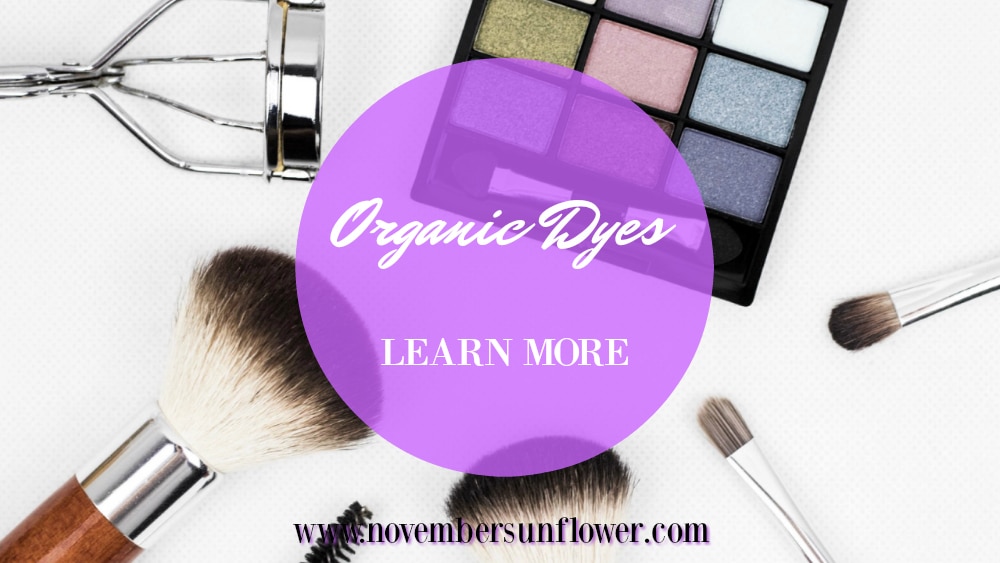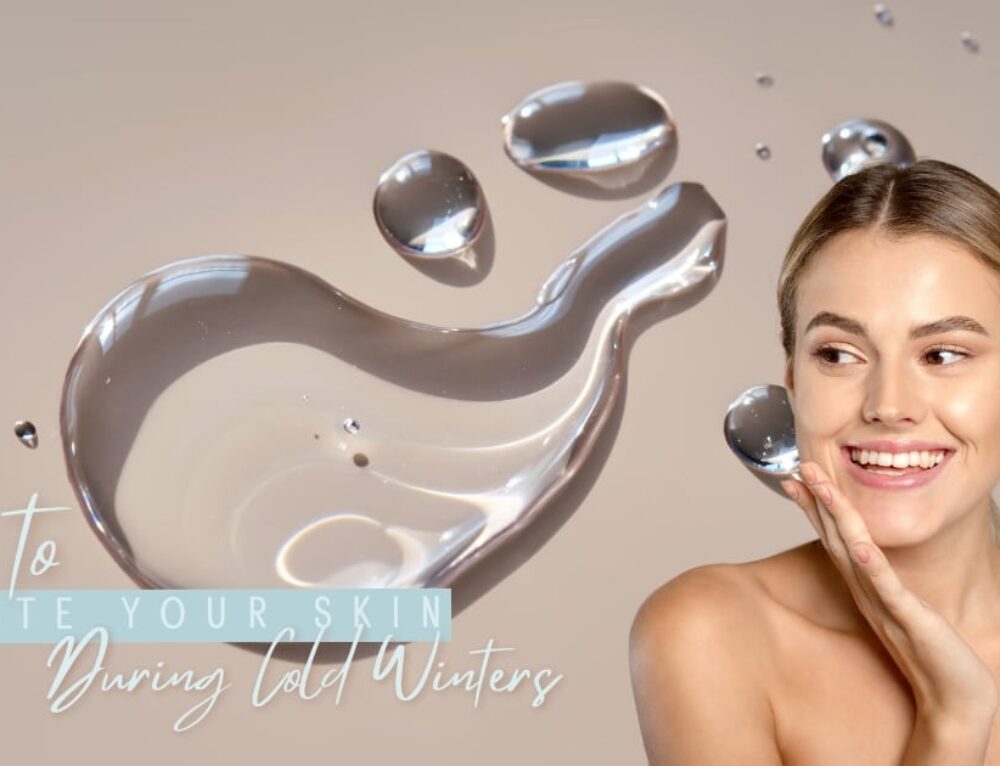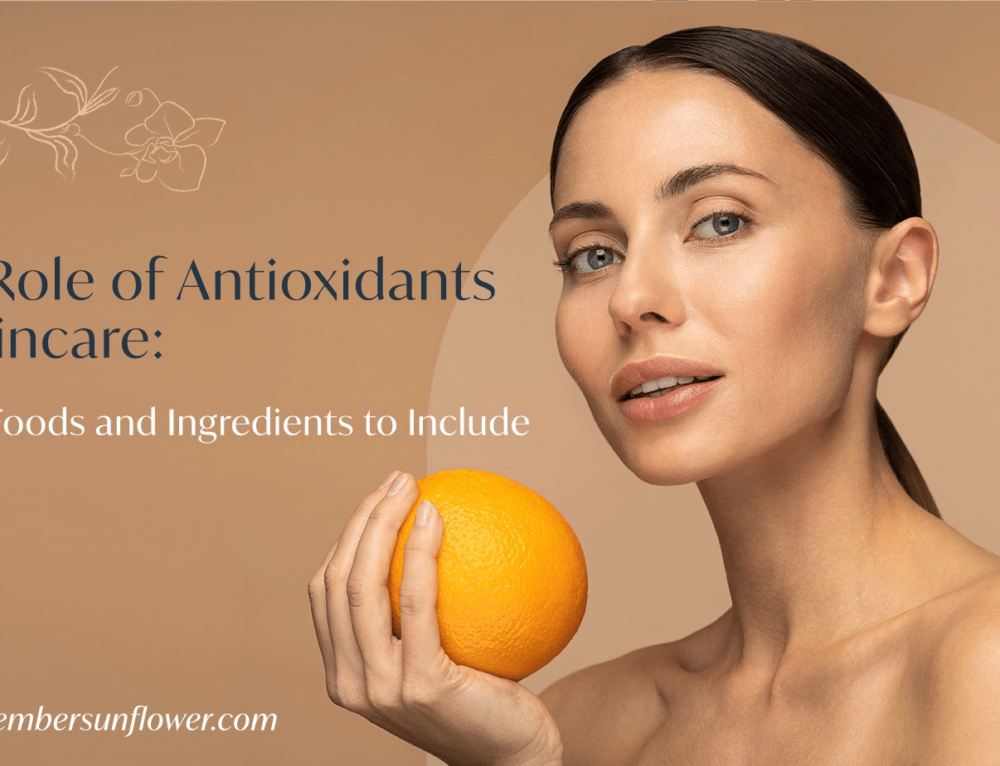Makeup has been a part of society since the time of the ancient Egyptians, however, the manufacturing process has changed dramatically. Now, modern ingredients may come with dangerous side effects that aren’t worth the risk. Colorants can be the worst offenders, with side effects affecting the endocrine system. Going with organic dyes makes sense. Luckily, there are plenty of FDA approved organic colorants and dyes perfectly safe to use in makeup.
It’s important to use FDA approved as well as organic colorants in makeup because they’re healthier and safer. Other colorants the FDA deems safe can lead to:
- skin irritation
- allergic reactions
- negatively impact other parts of the body
Learn more about organic dyes used in cosmetics
Below are some safe and organic ingredients you should look for when shopping for makeup.
- AZO colorants – These are the basis for many red and yellow colors.
- Triarylmethane – This is the basis for blue and green colors
- Xanthenes – This material is a staining dye which provides red or orange colors.
- Anthraquinone – A green colorant
Natural Colorants
There are also a number of natural dyes that do not have the same regulatory restrictions as the organic dyes. These include dyes like Cochineal, Caramel, and Carotenoids. Not only are they safe, but natural colorants have other benefits, too. Such as:
- cause minimal environmental impact
- obtained from renewable resources
They aren’t perfect, though. The biggest issues with these types of dyes: they have limited stability and can also exhibit strong odors.
The Environmental Working Group’s (EWG) Skin Deep Cosmetic Safety Database offers information for nearly 62,000 products containing more than 7,600 ingredients. This is a reputable resource when shopping for healthy cosmetics.
EWG also suggests a list of ingredients to avoid:
- Benzalkonium chloride
- Parabens, propyl, isopropyl, and butyl
- PEG/ceteareth/polyethylene compounds
- Petroleum distillates
- Phthalates
- “Fragrance”
- Hydroquinone
- Methylisothiazolinone
- Toluene
- Triclosan and triclocarban
- Methylchloroisothiazolinone
- Oxybenzone
- BHA (butylated hydroxyanisole)
- DMDM hydantoin and bronopol
- Formaldehyde
- Resorcinol
- Retinyl palmitate and retinol (vitamin A)
Makeup has come a long way since Ancient Egyptian times. Unfortunately, with progress comes some health risks and environmental concerns. Use the above list as a guideline for what ingredients to look for, as well as ingredients to avoid when makeup shopping. Avoid the ingredients listed above and strive to find all natural and organic colorants so you can stay side effect free.
Author Bio: Gwen Lewis is a writer, and makeup artist, based in Southern California. Because of her passion for beauty and health, she hopes to help others not just look great, but feel great, whether through makeup, or her writing. In her free time, she enjoys shopping, and pick-up soccer games with her friends. Check her out on Twitter at @GwenEveLewis.






